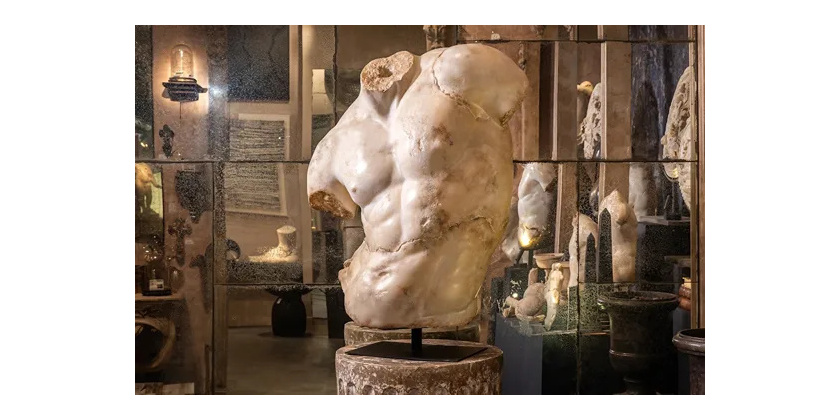
In a world where the ultra-modern and minimalism dominate our lifestyles, it is fascinating that classical art, far from falling into oblivion, operates a remote back in the world of upscale decoration. Rediscovering antique-inspired sculpture is good for a mere ornamental object: it is a bridge to history, refinement and artistic mastery that crossed the centuries. How do these emblematic works have their place in our contemporary spaces? Why do they raise a growing craze with decorative enthusiasts like art lovers? Diving in the timeless magic of classic sculptures.
A millennial tradition, living at the heart of the decoration
For millennia, sculpture has accompanied the evolution of our societies. From ancient times, busts, statues and architectural fragments were needed as markers of beauty, power and spirituality. Today, the purity of the lines, the harmony of the proportions, the nobility of the materials and the delicacy of the patina dialogue with our modern interiors, creating a subtle encounter between inheritance and innovation.
Each sculpture, far from being reduced to a simple trinket, becomes the focal point of a clean living room, the symbol of a sophisticated library or the soul of a majestic hall. They give the room a prestigious aura, a story to tell, and an incomparable sculptural presence.
Iconic works: when the myth invites you to you
Integrating a classic sculpture into its decoration is to bring the great myths and eternal beauty into its living space. Some pieces, true icons, fascinate by their evocative power and their artistic dimension:
The great sculpture "Fragment Head of Apollo": Inspired by the Greek God of Light, placed on a black metal base, it embodies the ancient artistic ideal. Its presence illuminates any space, symbolizing harmony, intelligence and art.
Apollo's torso: Fying representation of the perfection of human proportions, it evokes the quest for beauty that animated the Greek artists. Placed on a console or center of a library, it inevitably attracts the look and arouses conversation.
The sculpture "Venus": Goddess of love and beauty, Venus brings a touch of grace and harmony to a room or a reception area. Her delicate face, her idealized curves, embody eternal feminine elegance.
The horse's head of Selene: Inspired by the famous reliefs of Parthenon, this piece pays tribute to the strength and grace of Greek equestrian mythology. It naturally finds her place in a desk refined or a vestibule where it evokes movement, freedom and nobility.
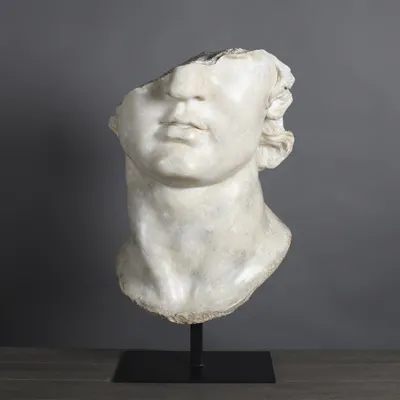
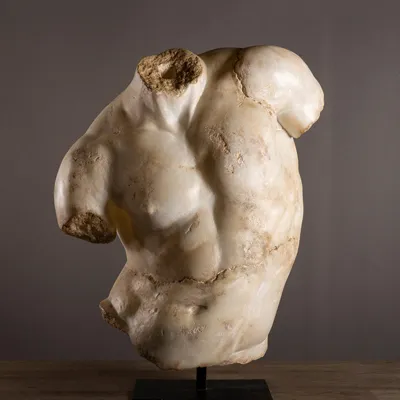
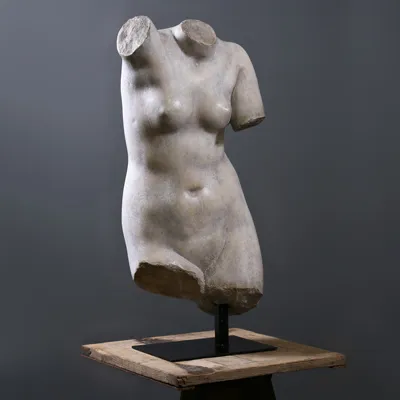
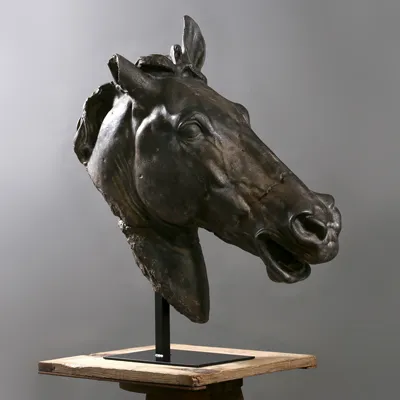
Architectural fragments: the size of history at hand
Classic sculpture does not stop in mythological figures: it also draws in the vocabulary of monumental architecture to offer fragments that magnify space.
Capitals of Corinthian columns: Decorated with faces and finely carved acanthic leaves, these capitals recall the splendor of the Greek and Roman temples. Arranged on a low cabinet, a console or center of a table, they bring a heritage and elegant dimension to the room.
Fragment of Parthenon: Genuine piece of history to expose, this carved frieze evokes the power and grace of ancient architecture, becoming a visual anchoring point in a living room or entrance.
Louis XVI Chapel Pendants: Testimony of the dialogue between the times, these elements inspired by the revisited classical art in the eighteenth century illustrate the capacity of the sculpture to cross the styles while maintaining His Majesty.
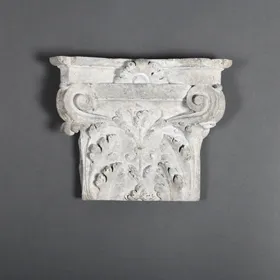 | 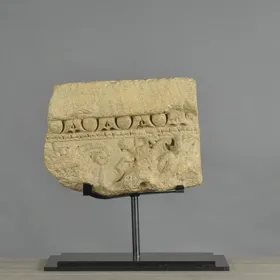 | 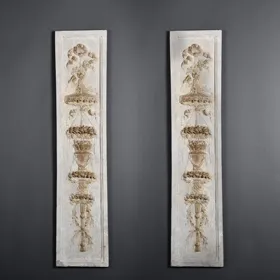 |
The celebration of the human body: legacy of ancient academies
The classical sculpture grants a central place to the anatomy, a reflection of the fascination of artists for the human body and its ideal proportions. This bias is expressed through works where every detail is thought, worked and magnified.
The Greek academic foot: Anatomical detail of great precision, this foot reproduces the rigor of the ancient sculpture workshops. On a desk, a showcase or a shelf, he celebrates the art of gesture, the accuracy of the representation, and the ancestral know-how.
The plaster hand of the nineteenth century: Inspired by study models, this monumental hand recalls the atmosphere of the artist's workshops and cabinets de curiosités. She draws light, highlights the beauty of gesture and highlights the virtuosity of craftmen who shaped it.
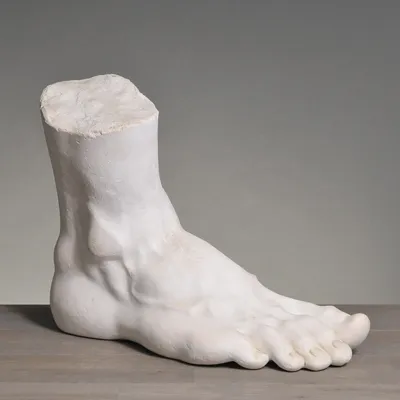 | 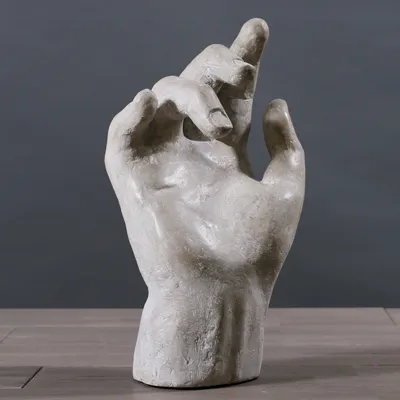 |
Decorative and symbolic objects: the strength of the details
Beyond great figures and architectural fragments, the classic sculpture comes in many decorative objects rich in symbolism:
Rosette with acanthic leaves: A wink to nature, very popular in ancient decors. This motive, associated with a patina delicate, blends perfectly with a contemporary interior to bring him a note of organic sweetness.
Lion style empire: MAJESTY, FORCE AND PROTECTION symbol, the lion in green-gray sculpture evokes the Roman imperial imagination. Ideal for highlighting the character of a desk or a reception area.
Bees obelisk: Sculpted gray marble object, the obelisk embodies elevation and purity. Engraved bees refer to the Napoleonic Empire and its symbolism of prosperity and work.
Roman stele: Imposing room, it reminds ancient memorials and dresses an entrance or a winter garden of a museum gallery atmosphere.
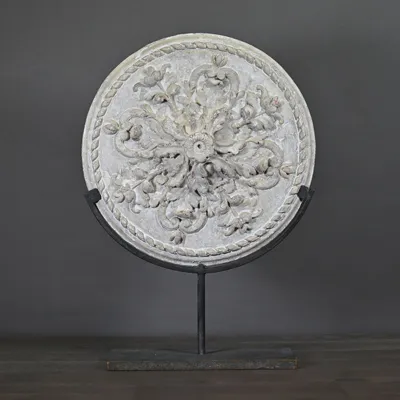 | 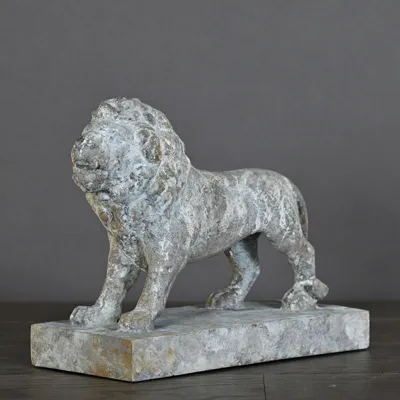 |
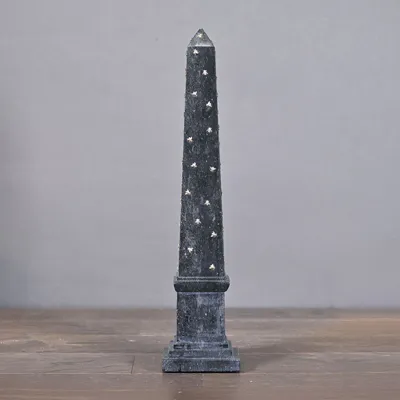 | 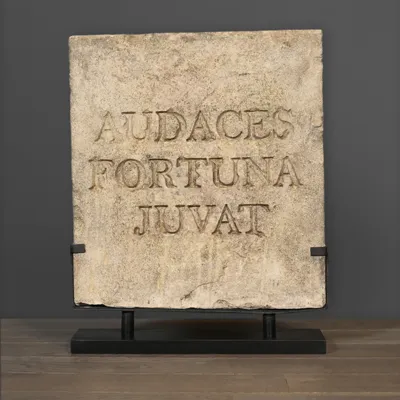 |
Integrate classic sculpture into its interior: Tips & Inspirations
Dare the classic sculpture is to affirm a singular aesthetic choice. But how to integrate it into a modern universe without falling into the phatte or excess? Here are some ways to succeed in a decoration both harmonious and bold:
Stage each work: Rather than multiplying the pieces, favor some strong sculptures, ideally lit by a natural light or a directional spot. Leave them space, and avoid overload around.
Play in contrasts: Classic sculptures, with their patinas and natural materials, get married particularly well with the sleek interiors, raw materials like wood, stone or concrete, or deep color walls.
Bet on authenticity: Each sculpture must tell a story, reflect a personal choice, evoke an emotion. Privilege works patinatedhandmade, made in noble materials, for a timeless effect and authenticity that feels like the eye as to the touch.
Diversify the uses: Place a bust on a fireplace, an architectural fragment on a library, an academic hand on a desk. The possibilities are infinite!
More than an object, aesthetic and cultural experience
Choosing a conventional sculpture is to offer its inside a supplement of soul. Beyond the decoration, it is a gesture of transmission, a link living with the history of art, and a way of paying tribute to the genius of artists who have crossed the centuries. These works dialogue with our daily life, awaken the curiosity of our guests and create a unique, inspiring, and refined space.
Dare to give life to ancient art, celebrate eternal beauty, and turn your home into a personal art gallery: an invitation to contemplation, escape, and at discrete prestige.
Related Posts:




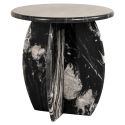
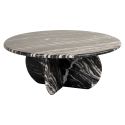








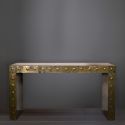
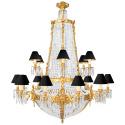
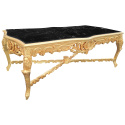

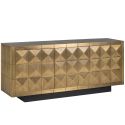

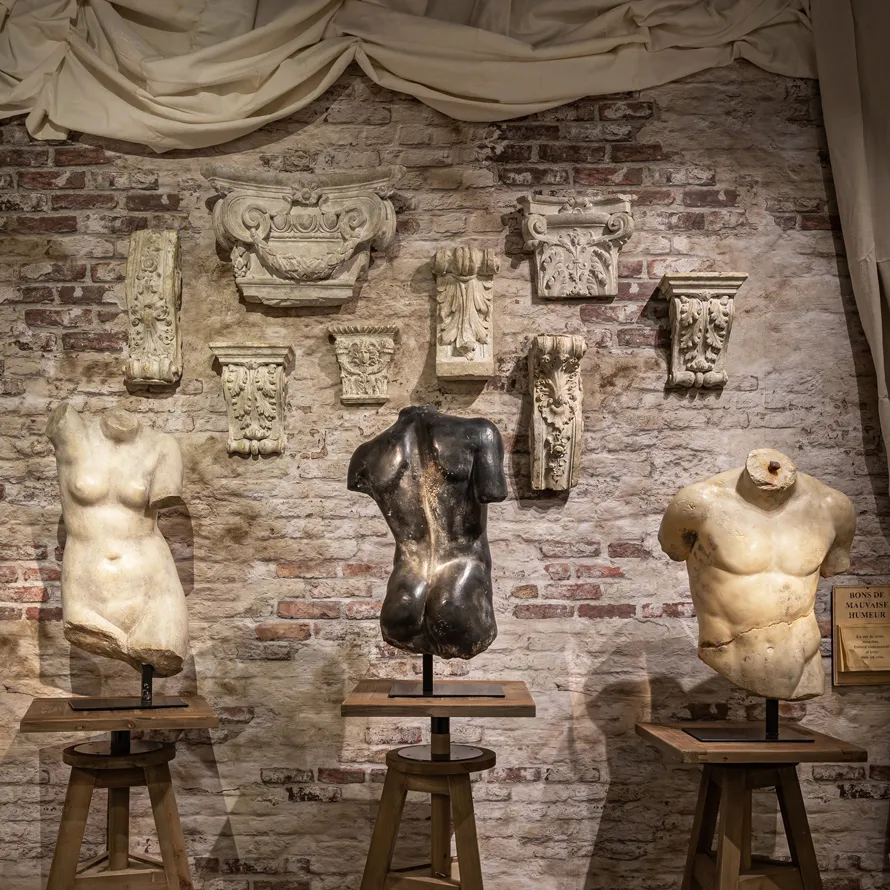
Leave a Reply Cancel Reply